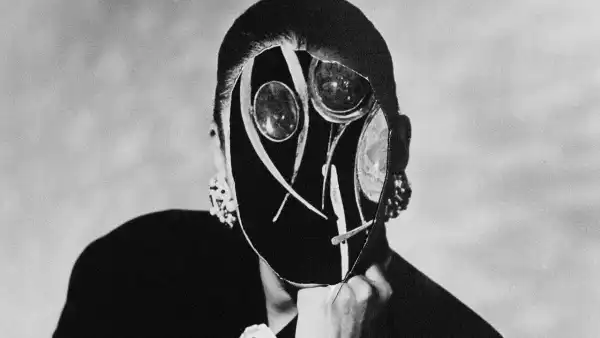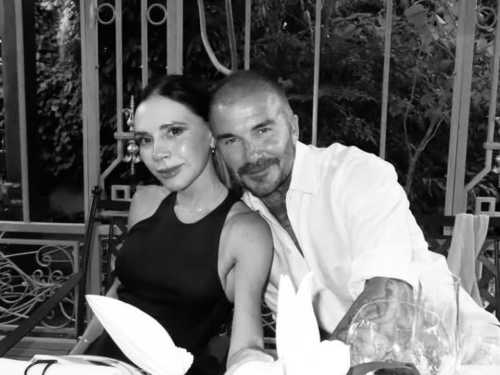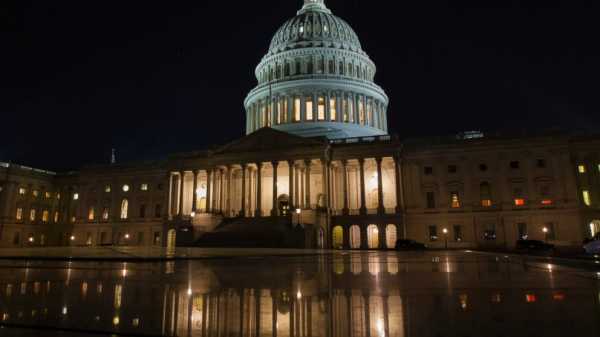
Save this storySave this storySave this storySave this storyYou are reading Open Questions , a weekly column by Joshua Rothman where he explores the essence of human existence.
What do you read, and why? A few decades ago, these questions didn’t seem so pressing. Reading was a mundane activity that had remained largely unchanged since the rise of the modern publishing industry in the nineteenth century. In a 2017 Shouts & Murmurs piece called “Before the Internet,” writer Emma Rathbone captured the spirit of reading back then: “Before the Internet, you could lounge on a park bench in Chicago with a Dean Koontz book, and it was considered normal; no one would ever know unless you told them.” Reading was just reading, and it didn’t matter whether you chose a newspaper, Proust, or The Power Broker — you mostly did it by simply moving your eyes across the pages, in silence, at your own pace, on your own schedule.
Today, the nature of reading has changed. Many people still enjoy traditional books and periodicals, and there are readers for whom the digital age has opened up new horizons of hyperliteracy; for them, a smartphone has become a library in their pocket. Yet for others, the old-fashioned ideal of reading—deep, sustained engagement with carefully crafted texts—has become almost an anachronism. These readers may begin a book on an e-reader and then continue it on the go, listening to an audio version. Or they may forego books altogether, spending their evenings browsing Apple News and Substack before plunging into a lazy river of Reddit. Reading now combines distraction and concentration; it involves a lot of random words running across screens, while the constant presence of YouTube, Fortnite, Netflix, and the like ensures that once we start reading, we are forced to make choices to keep going.
This shift has been happening for decades, driven by technology that has been largely adopted by young people. Perhaps that’s why its significance has been eclipsed. In 2023, the National Endowment for the Arts reported that over the previous decade, the share of adults reading at least one book a year had fallen from fifty-five percent to forty-eight percent. That’s a striking change, though not as dramatic compared with teenagers: The National Center for Education Statistics, which was recently criticized by the Trump administration, found that over roughly the same period, the percentage of thirteen-year-olds reading for pleasure “almost every day” had fallen from twenty-seven percent to fourteen percent. Predictably, college professors are complaining with more urgency than usual about students besotted with their phones, having trouble reading anything of significant length or complexity.
Some of the evidence for declining literacy rates is unconvincing. For example, one widely discussed study assesses students on their ability to parse the complex and semantically confusing opening of Bleak House; it’s a bit like assessing swimmers on their ability to swim fifty yards in molasses. There are other reasons to be optimistic about the decline of books, given that many of us still love to read. If we binge-watch Stranger Things instead of reading Stephen King, or listen to self-help podcasts instead of buying self-help books, is this the end of civilization? At some level, the decline of traditional reading is linked to the rise of information in the digital age. Do we really want to go back to a time when there was less reading, watching, listening, and learning?
Yet, no matter how we feel about these changes, they seem set to accelerate. For the past few decades, many scholars have viewed the decline of reading as the end of the “Gutenberg parallel frame”—the period in history that began with the invention of the printing press, during which a structured ecosystem of print media ruled. The theory is that the internet has closed the parallel, returning us to a more free-flowing, decentralized, and conversational mode of communication. Instead of reading books, we can argue in comment sections. Some theorists have even suggested that we are returning to a kind of oral culture—what the historian Walter Ong has described as a “secondary orality,” where conversations and exchanges are enhanced by the presence of text. The prevalence of podcasts, newsletters, and memes lends credence to this view. The Joe Rogan experience can be thought of as a couple around a campfire, passing on knowledge through conversation, as the ancient Greeks did.
But in retrospect, there’s something almost quaint about the oral culture hypothesis. It could be said that it largely evolved during Zuckerberg’s “parallel phrases,” the period of history that began with the creation of Facebook, in which social media ruled. No one in that time frame could have foreseen the threat that artificial intelligence would soon pose to the conversational internet. We’ve already entered an era in which the people you meet online are sometimes not actually people; they’re the creations of AI trained on unimaginably large volumes of text. It’s as if books have come to life and are taking a revenge, creating something new—a union of text, thought, and conversation that will redefine
Sourse: newyorker.com






